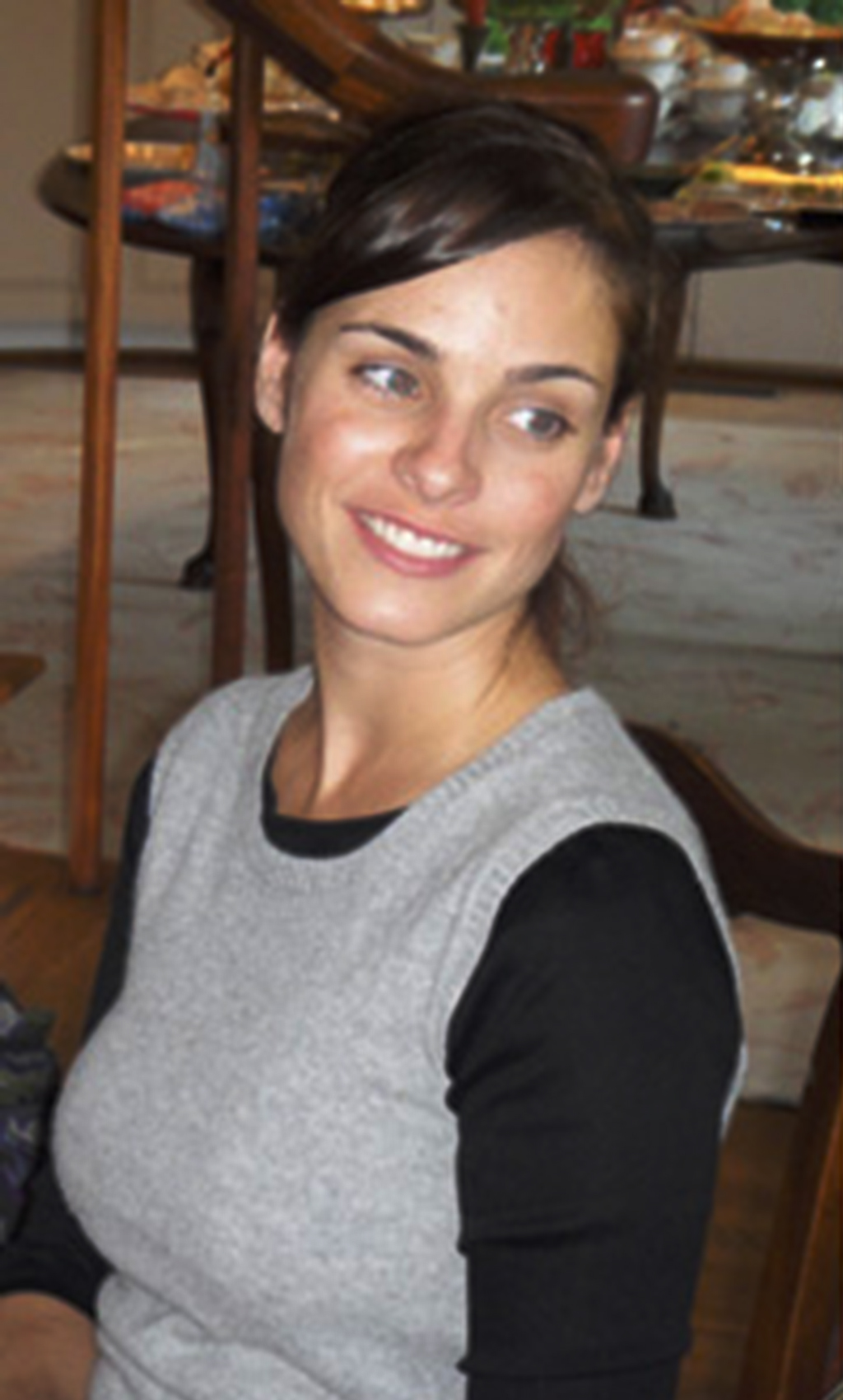Before we comprehend the content of a web or print design, the initial view of its color is the hook that secures our attention. When we see colors, we immediately form associations with emotion and tone. Designs employ this color relation process to express messages and link brands to their organizations energy, mission and intent.
 Sarah Owens, Senior Color Director
Sarah Owens, Senior Color Director
There are several aspects of color theory important to web and print design. The Red-Green-Blue (RGB) color model is considered to be additive because in it, colors are created with light. As an element void of color, black is the base, and color is added. The Cyan-Magenta-Yellow-Black (CMYK) color model is called subtractive. It uses white as a neutral base and then hue, saturation, and brightness is altered to create variations of colors. We associate RGB with web site and graphics, and CMYK with print.
An About.com article by Eric Miller describes the basics of RGB and CMYK:
The RGB color model is based on the theory that all visible colors can be created using the primary additive colors red, green and blue. These colors are known as primary additives because when combined in equal amounts they produce white. When two or three of them are combined in different amounts, other colors are produced. For example, combining red and green in equal amounts creates yellow, green and blue creates cyan, and red and blue creates magenta.
The CMYK color model is used in the printing process. When two RGB colors are mixed equally they produce the colors of the CMYK model, known as subtractive primaries. Green and blue create cyan (C), red and blue create magenta (M), and red and green create yellow (Y). Black is added to the model because it cannot be created with the 3 subtractive primaries (when combined, they create a dark brown). The K, or “key,” stands for black.
Color Psychology
Colors act as visual triggers to human feelings and moods. In modern American culture, most colors have set association in a consumer market. According to a recent article on color psychology in Western Retailer Magazine, good use of color can draw viewers in and hold interest, while unpleasant or clashing color will send them away before the message is delivered.
Warm colors, especially reds, can stimulate warmth, hunger, and excitement. Red always grabs attention. It is often effective as an accent color, but too much red can make people anxious, even angry. Orange often has a polarizing “love it” or “hate it” effect on viewers – but usually, it is creates a mood of energy and enthusiasm. Yellow is an optimistic color that is warm and cheery.
Cool colors such as green and blues enhance calm and content feelings. Green is calming and refreshing, and in certain shades, is considered to be relaxing and the easiest color on the eye. Blues come in a wide range of color with a wide range of associations – from composed to tranquility to productivity.
Tan and brown neutrals represent a stable, down-to-earth, dependable feeling. These neutrals work well with a bright pop of accent color.
Of course, not all colors mean the same things to all people. Yellow may reflect a lack of worry, while black depicts a troubled state. Yellow may sometimes mean cheap, green may mean money or greed and black may mean elegance or death.
Contrast
There are times when color cannot always be the attention-grabbing aspect of a design piece. For example, we occasionally have clients who need print designs or advertisements to run in a black and white newspaper. When grayscale is the goal, contrast is king.
Contrast is the perceived difference in colors that are in close proximity to each other. Using contrast effectively is the essential ingredient that makes the content of the design pop and be visibly distinct to every viewer. When evaluating layouts in grayscale, we make sure copy and logos stand out from background images or textures.
In fact, many companies desiring a completely new brand (or a re-brand) do not want to be initially limited by color. Designing a logo in grayscale shows that it doesn’t need to rely on color to make it stand out from the crowd. When a logo or image is finalized, color schemes can then be determined and added. The most important aspect of the design is that it looks good in all colors, including black and white!
White Space
When a design utilizes empty space without content or contrast, it creates white space. Although white space does not house visual content, it can give contextual meaning to images and text.
White space, or negative space, is the portion of a page or visual space left unmarked. It includes the space between graphics, margins, gutters, space between columns, space between lines of type or figures and objects drawn or depicted.
According to an exploration of white space by Keith Robertson, white space should not be considered merely ‘blank’ space — it is an important element of design which enables the objects in it to exist at all. The balance between positive (or non-white) and the use of negative spaces is key to aesthetic composition.
Judicious use of white space can give a page a classic, elegant, or rich appearance. For example, upscale brands often use ad layouts with little text and a lot of white space. Inexpert use of white space can make a page appear incomplete.
Whether your web or print project requires a bold pop of color, a sharp grayscale image or artistic use of white space, Rivers Agency can translate your brand and product into an eye-catching and meaningful design.
Looking for a color theory quick reference sheet? We like this one from Paper Leaf Design.
For more information about color and design, visit:
About.com – Eric Miller, Using Color in Graphic Design
Keith Robertson – On White Space in Graphic Design
Color Psychology. Western Retailer Magazine, November 2010. Print.